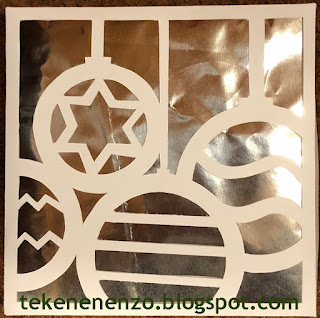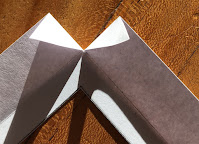You need:
- white drawing sheet A3 size
- white drawing sheet A6 size
- linoleum
- lino knife
- lino press
- lino roller
- tempera paint
- brushes
- scissors and glue
George Braque (1882-1962) was a French painter and sculptor. Together with Picasso he was founder of cubism.
After is cubist time, Braque painted simplified figurative paintings of landscapes and still lifes with musical instruments and bottles. Remarkable are the letters and nummers Braque added to his works.
When Braque became ill, he was no longer able to paint. He turned to making color litographs of simple bird silhouettes. The same birds you that can also be seen in one of the ceiling paintings of the Louvre in Paris.
View the lithographs of birds and discuss the artwork:
- simple shapes (silhouettes)
- background is often blue
- few colors in the artwork
- birds are black or white
- birds are painted or printed
Process:
Draw a silhouette of a bird on A6 sheet and copy it to the linoleum. Cut away the background, so the bird stands out. Paint or stamp a background on the A3 sheet. Make some prints of the bird in black and/or white and let dry. Be sure to get birds in several color nuances by not rolling the lino every time.
Cut the printed birds and paste them on the background.
door Quinty, groep 7
Elements of art: form, space, nuance, color
Techniques: printing, painting, cut&glue
















































